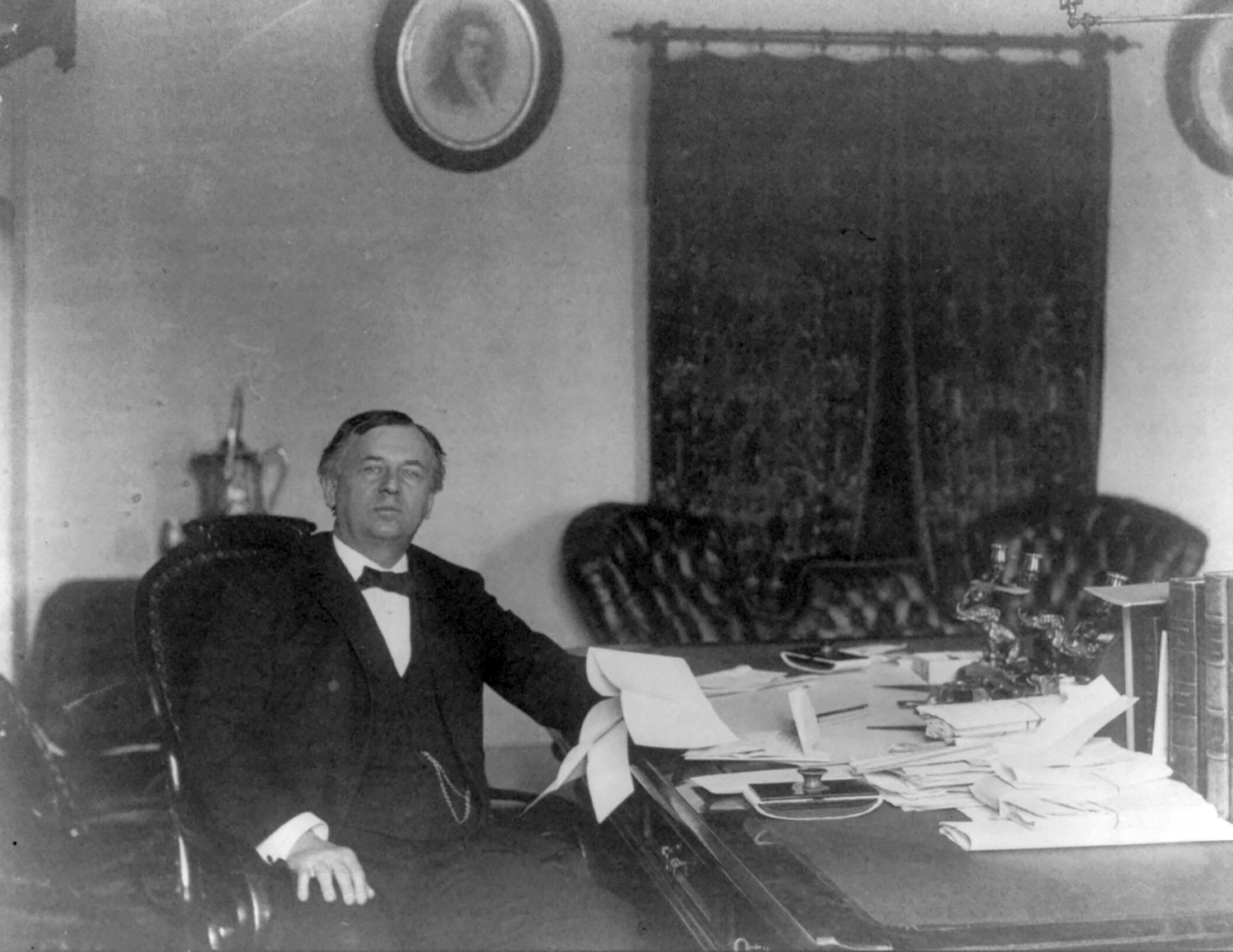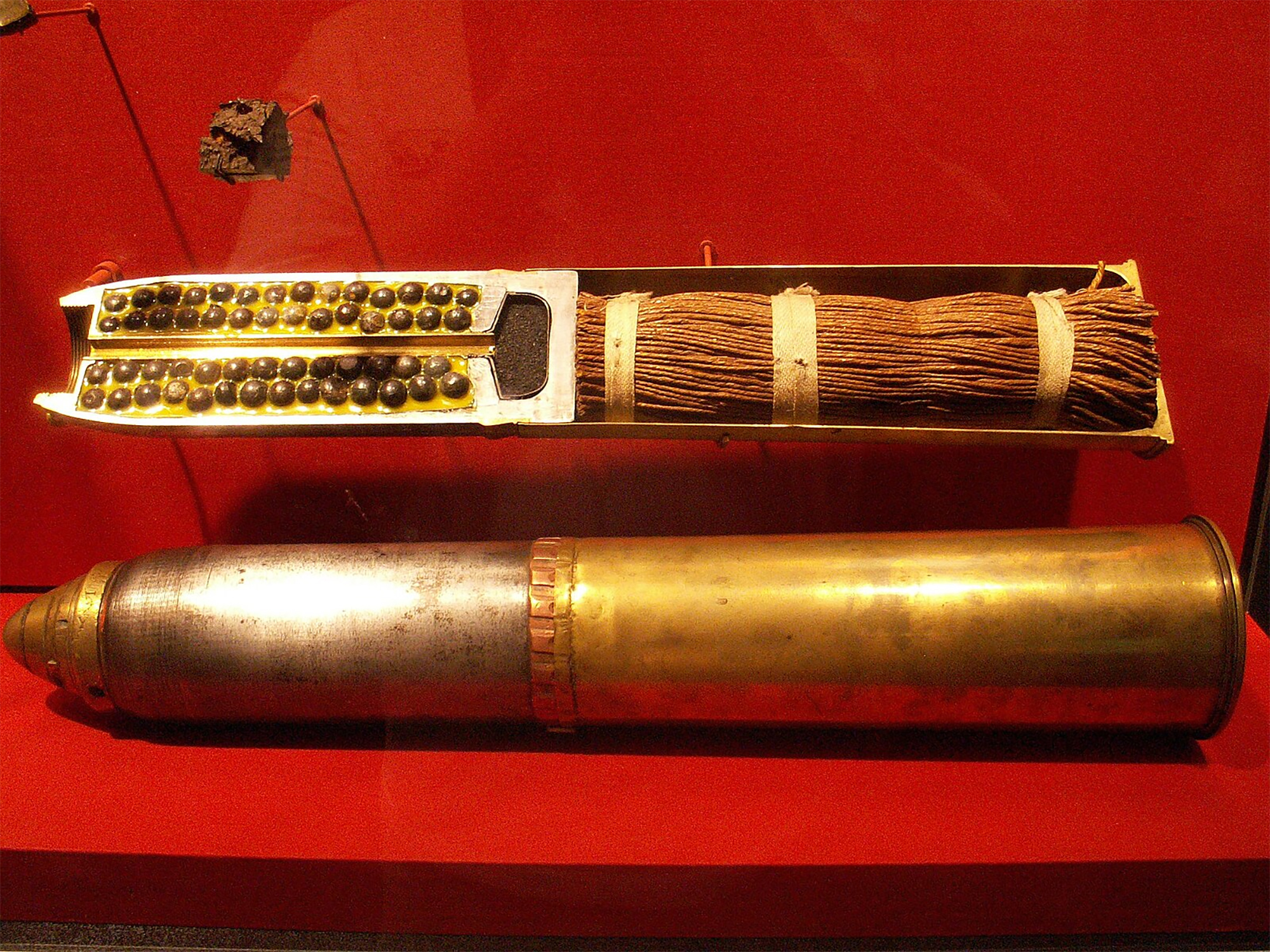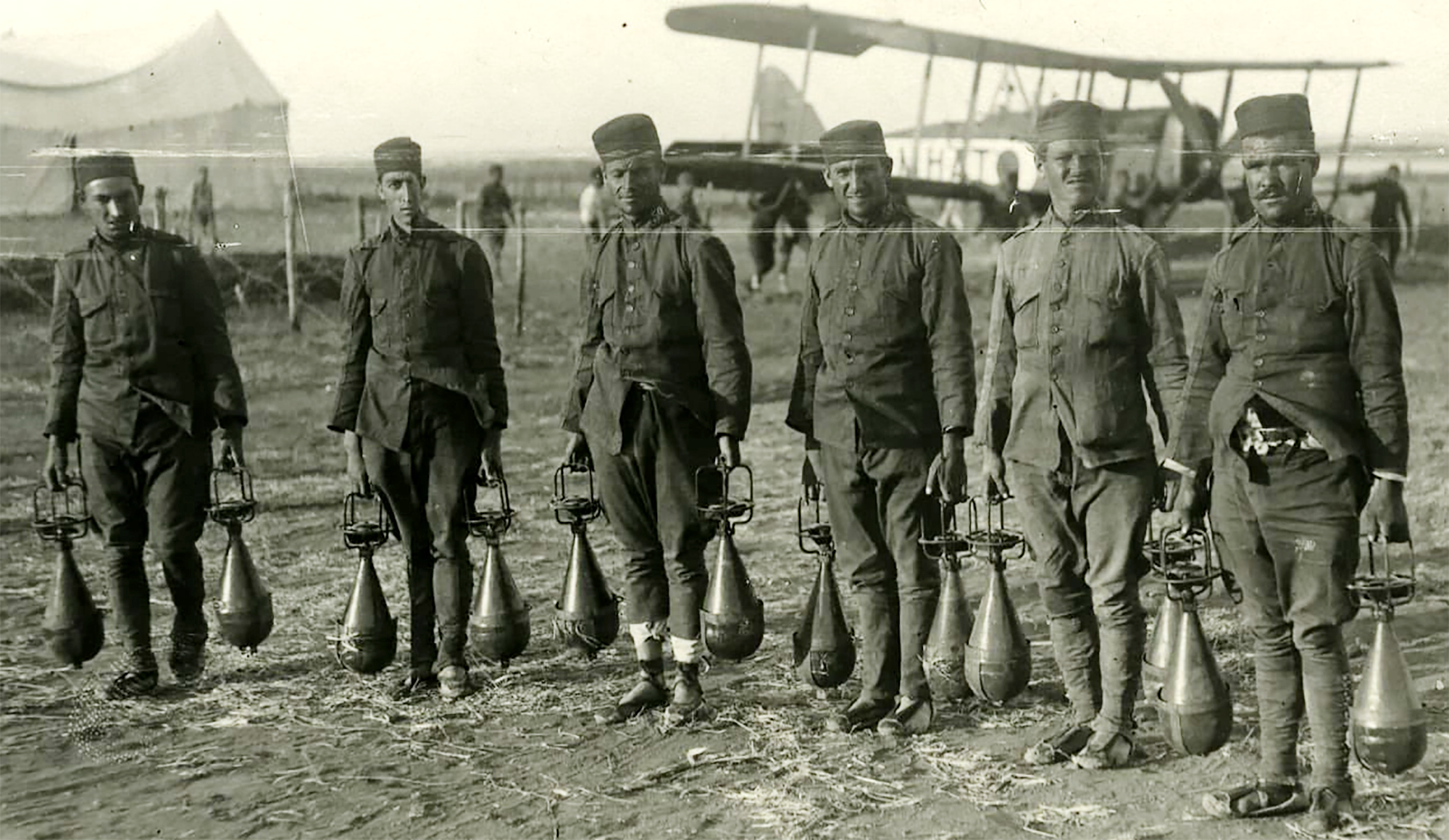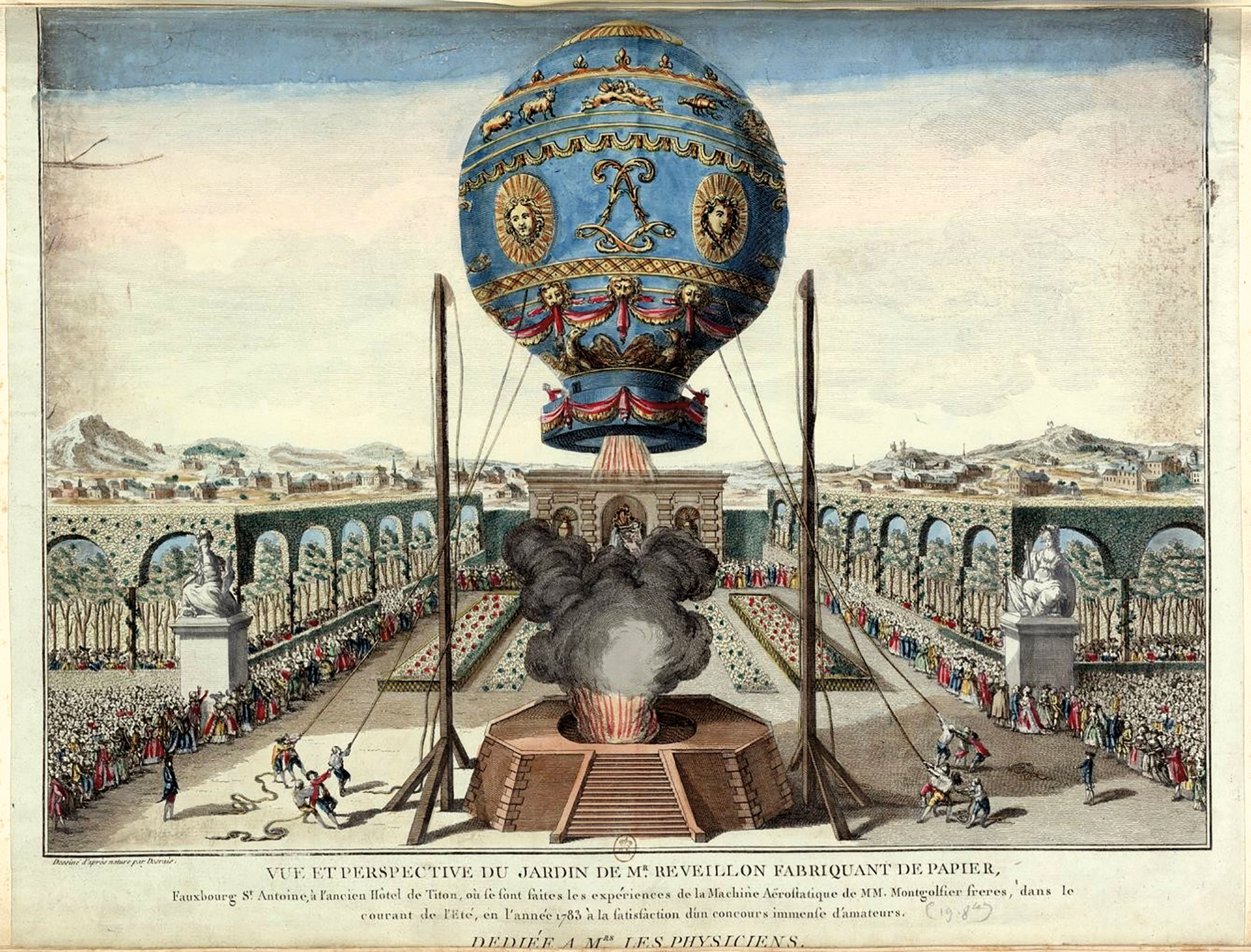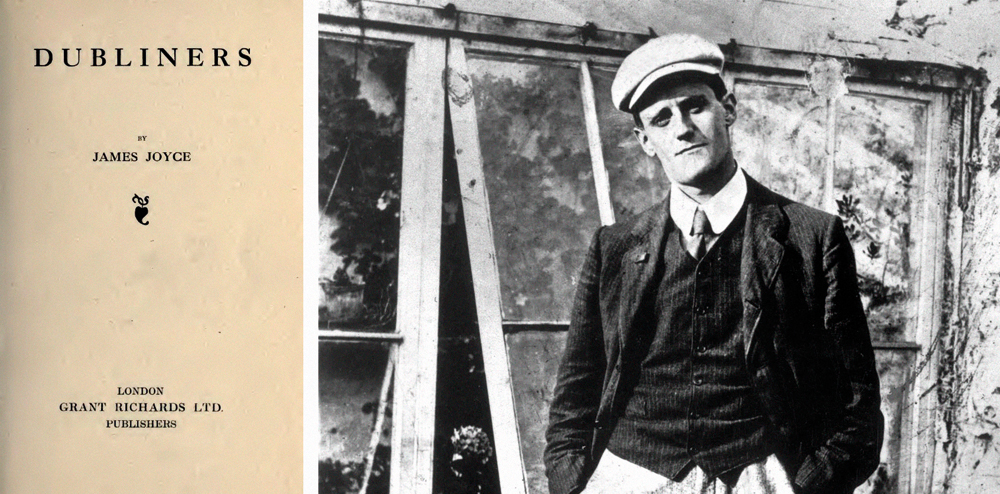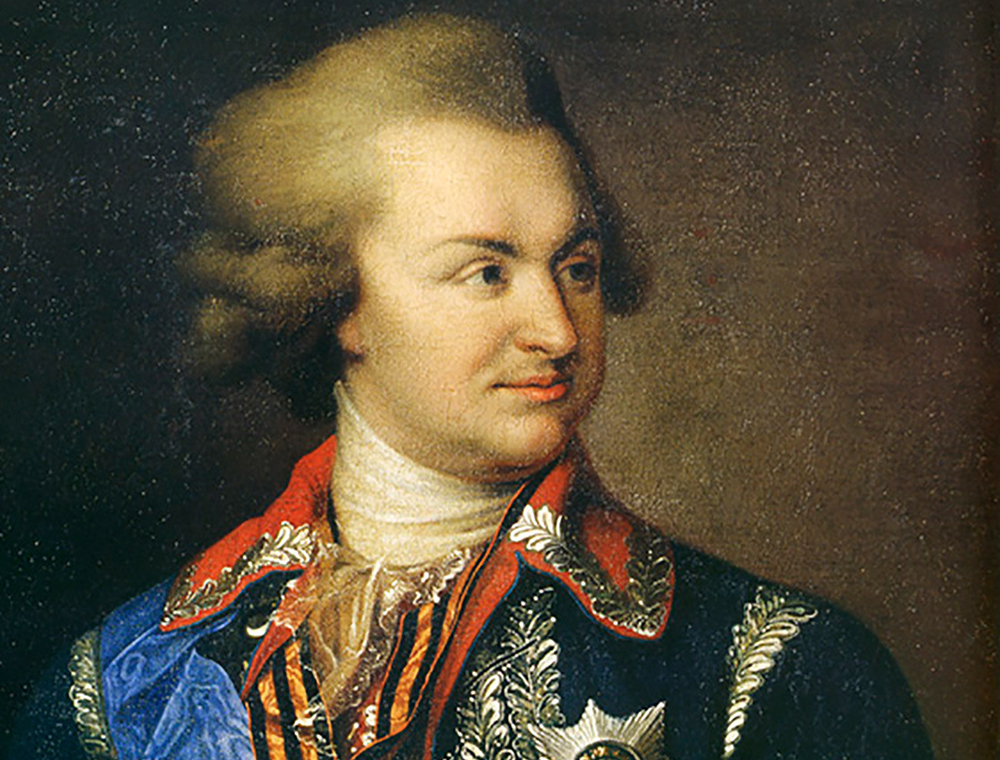World War I ended too late
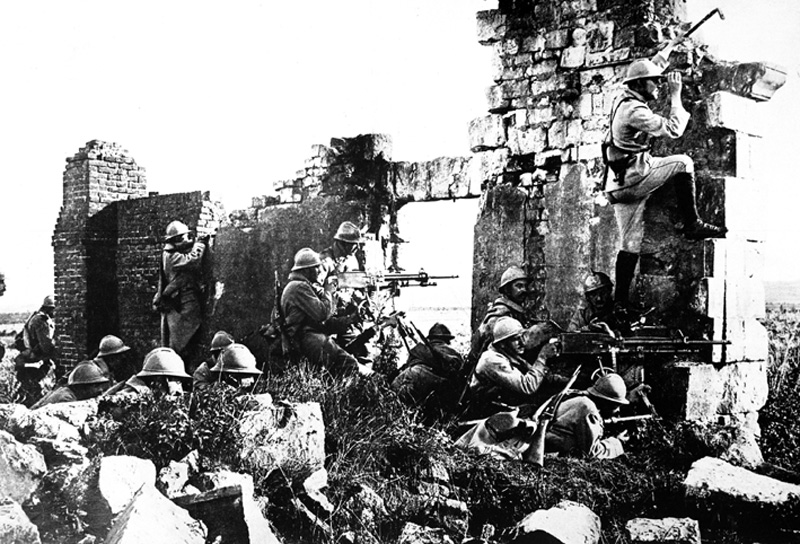
Vrigne-sur-Meuse (France), 11 November 1918. Following the orders of General Henri Gouraud, the 163 infantry division of the French army crossed the river Mosa, ready to attack the elite unit of the Germans Hanneton. The day was humid, cold and cloudy, and the first casualties were drowned in the river. When blind fog began to dissipate, it was the Germans who first acted on machine guns. The French artillery responded immediately and the conflict lasted until 11 a.m., when the armistice that would lead to the end of the First World War entered into force. The last of them was Augustin Trébuchon, a 40-year-old pastor and accordionist.
According to some sources, the killing took place at 10:45 hours, while others did at 10:55 hours. The fact is that the shot came a few minutes before the official end of the Great War. Moreover, as a messenger, Trébuchau knew earlier than the other members of his unit that peace was signed and that the war, in practice, had ended. In fact, when he was killed, he carried a gate in which he was handed over to his captain. Rassemblem à 11h 30 pour le ravitaillement, that piece of paper, was to gather to eat and drink at that time. The command, to celebrate the truce, would distribute warm soup among the soldiers. But Trébuchau did not manage to send a message that would warm up the bowels of his fellow arms with soup and joy.
On Trébuchau's tombstone, the soldier died on November 10. It appears that the date on which other soldiers died on the same day of combat was also brought forward one day. The military authorities were not very proud to have sent soldiers to the conflict once the truce had been agreed. Armistice was signed on the same day, around 5 a.m., but two days earlier the Germans surrendered in the negotiations and, in practice, the decision was taken.
Despite being the last French military casualty, Trébuchon was not the last to fall, with a result of 1-0. Canadian George Lawrence Price would have died at 10:58 hours, while American Henry Gunther would have died at 10:59 hours. The name of the last death victim in the loser's party is unknown, but a British captain points out that at 11:15 a German soldier was killed because he continued to shoot with the ametralladora.Aquel November 11, 1918, in the last hours of World War I, 8,206 were officially wounded and 2,738 were killed, but given that the French tried to cover at least the last death toll.
How many thousands of lives could have been saved if they had cut off the fire at the very time the truce was agreed? Nothing compared to millions of people killed in the four years of war.
Philadelphia, USA, 11 July 1838. John Wanamaker is born, an entrepreneur who will then have a great influence on the marketing world. He started working in the commercial area with his brother-in-law at the age of 22. They both opened a store and the business gradually grew.
In... [+]
Wu Ming literatur kolektiboaren Proletkult (2018) “objektu narratibo” berriak sozialismoa eta zientzia fikzioa lotzen ditu, Sobiet Batasuneko zientzia fikzio klasikoaren aitzindari izan zen Izar gorria (1908) nobela eta haren egile Aleksandr Bogdanov boltxebikearen... [+]
Sobietar Batasuna, 1920ko azaroaren 18a. Sobieten Gobernu Zentralak abortua legeztatzeko dekretua onartu zuen, historian lehenengoz. Handik aurrera, librea izateaz gain, doakoa ere izango zen. Urte batzuetan behintzat.
Moskuko Plaza Gorriaren izena nondik datorren pentsatzean bi aukera bururatu ohi zaizkigu...
Krimeako konkista zuzendu zuen militarrak, Ukrainako gobernadore Grigori Potemkinek (1739-1791) Katalina II.a erreginari aurkeztu zizkion herri idilikoak faltsuak omen ziren. Hortik dator “Potemkin herria” esamoldea.











